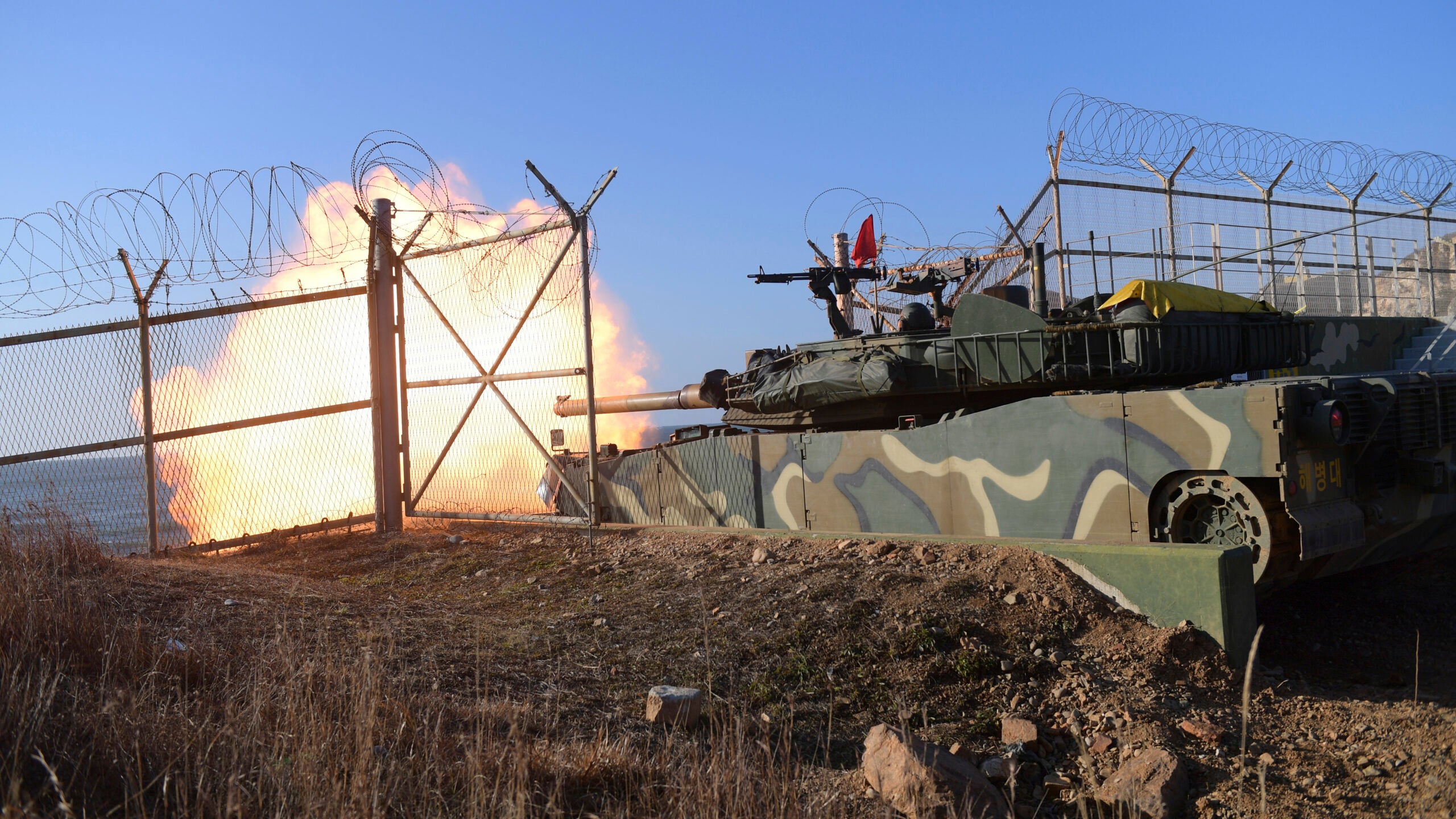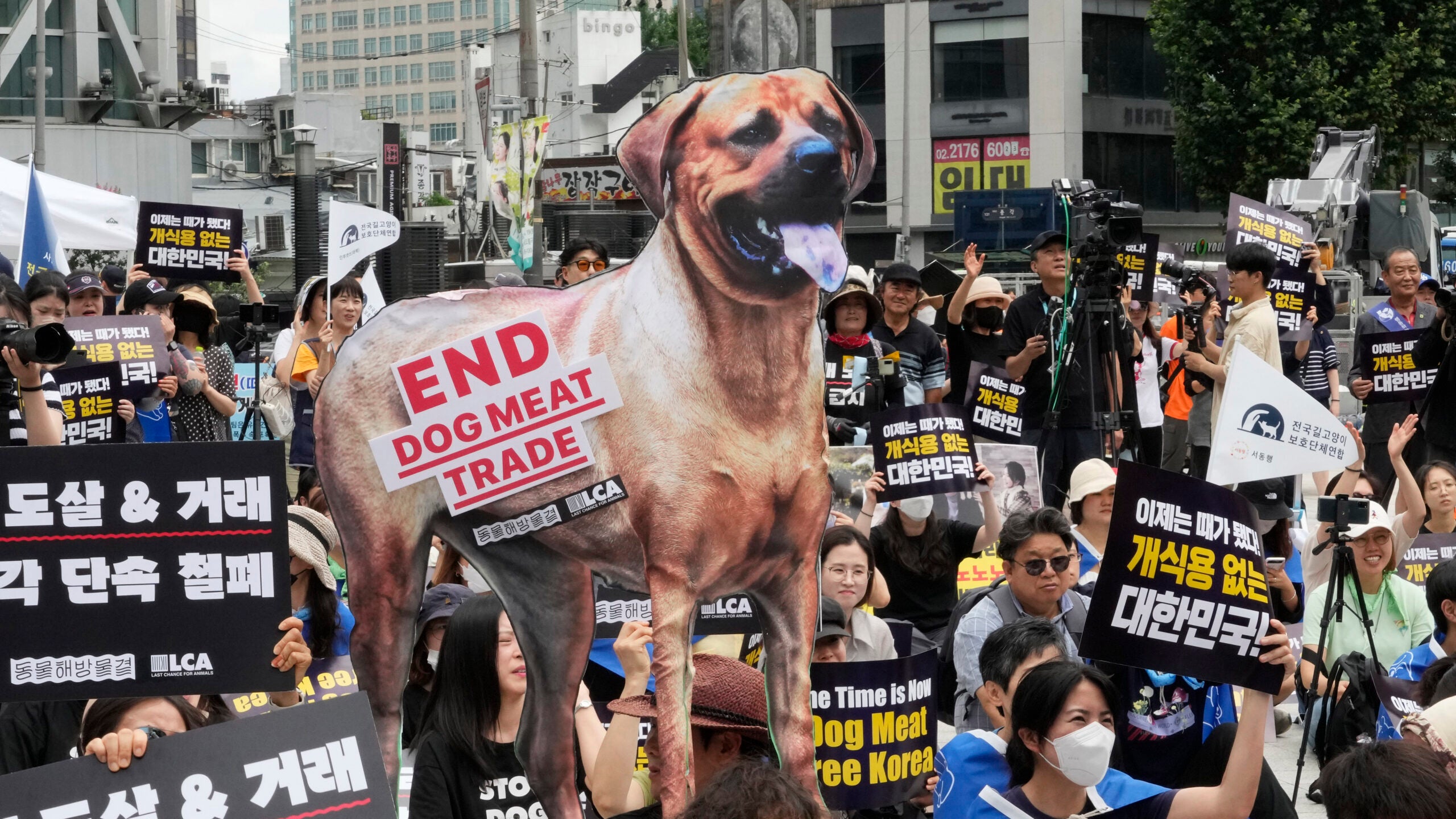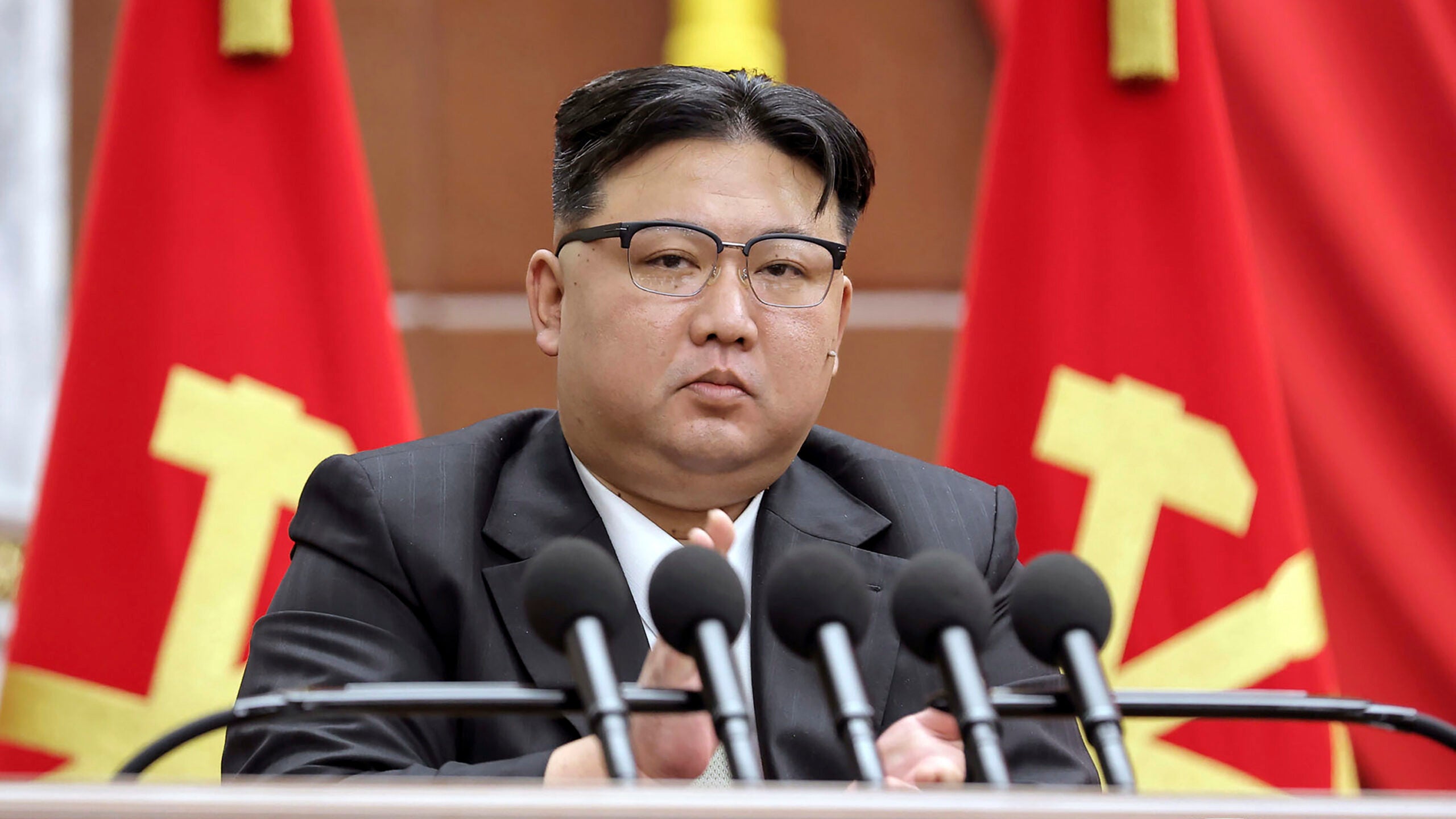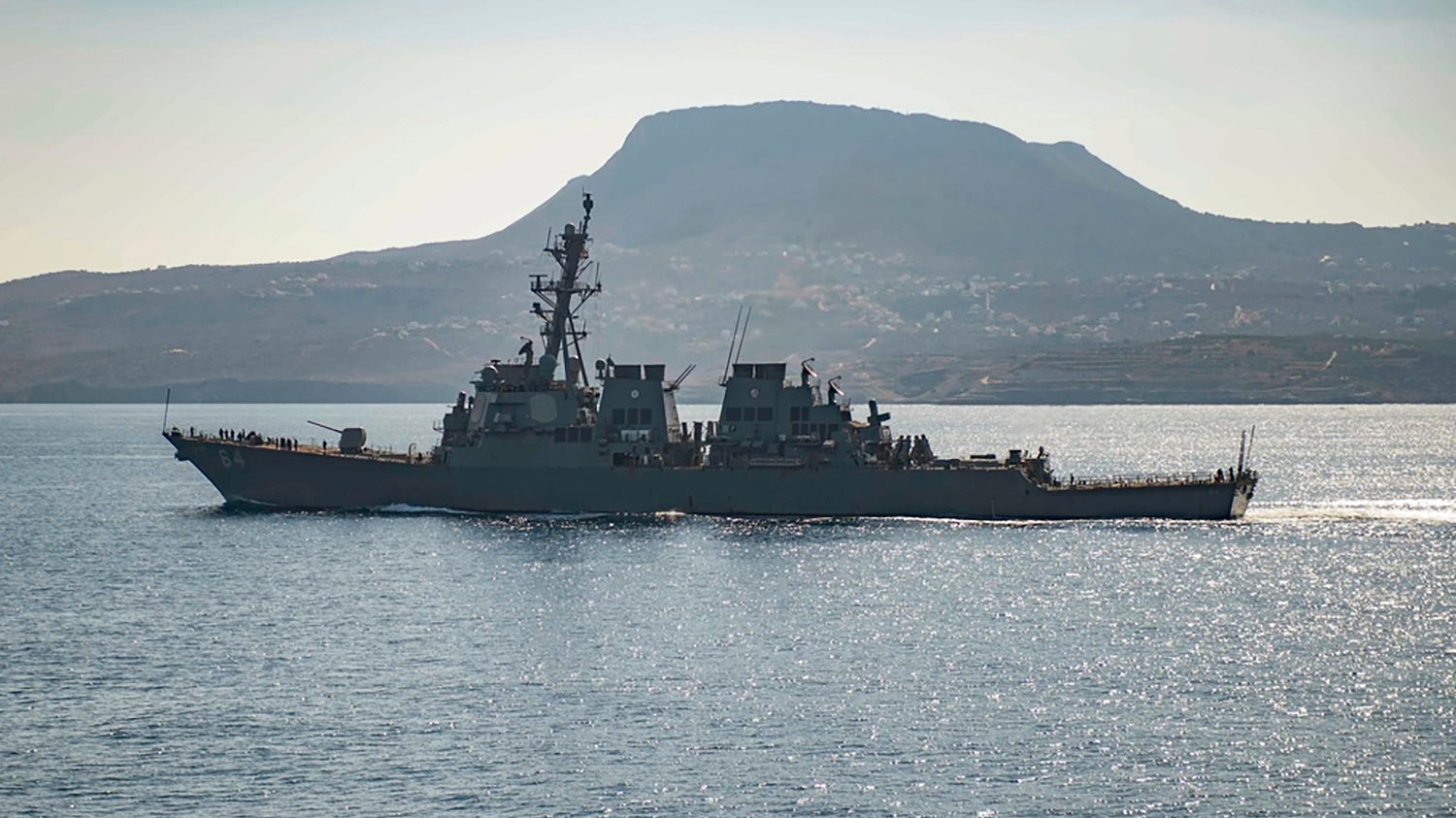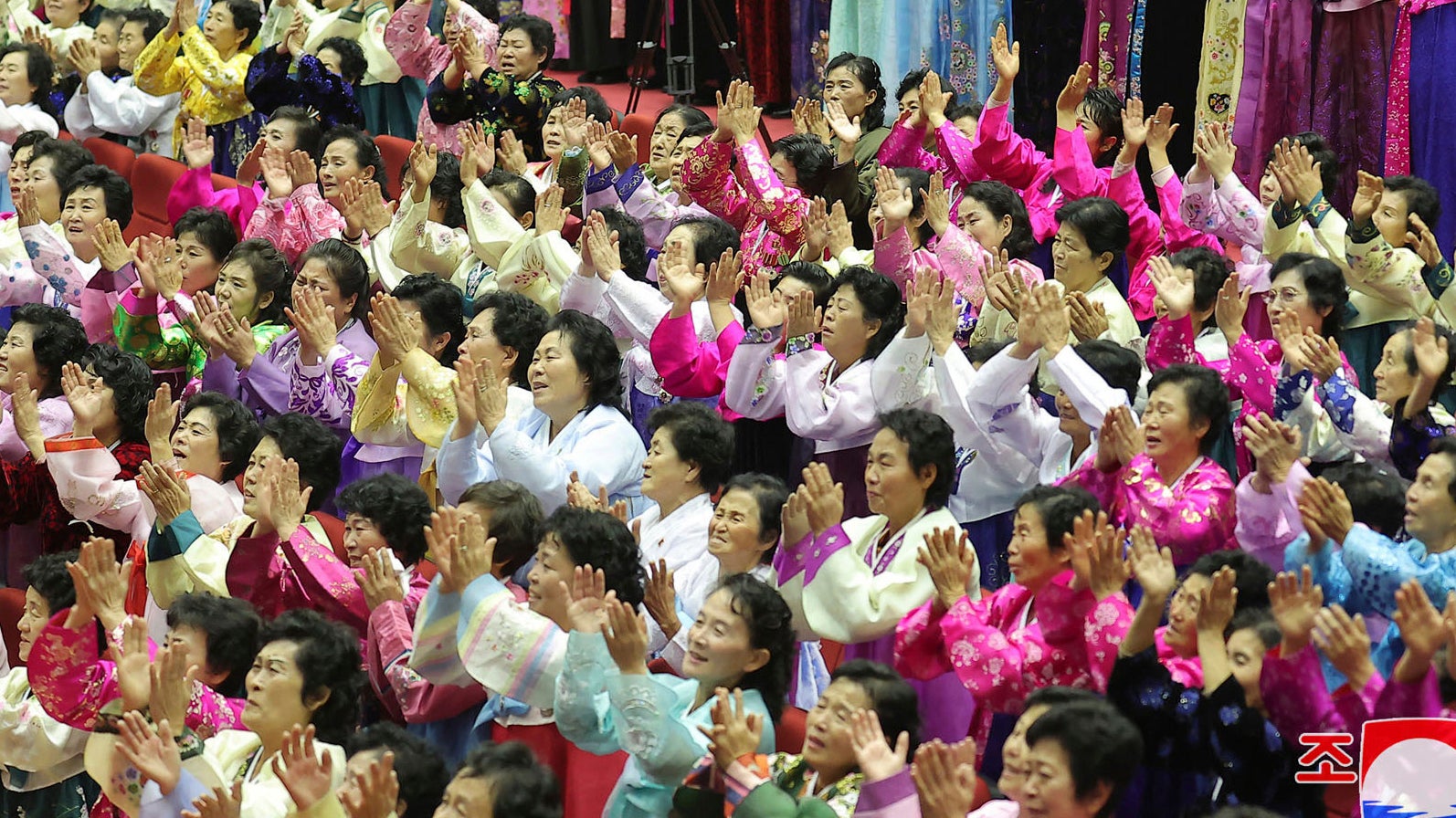SEOUL, South Korea — The rival Koreas fired artillery rounds into the sea as part of provocative drills along their disputed sea boundary Friday, in violation of the fragile 2018 inter-Korean agreement, and threatened strong responses against each other if provoked.
The development is expected to escalate tensions on the Korean Peninsula. The last two years have seen North Korea performing a record number of missile tests and South Korea and the U.S. expanding their defense exercises in a tit-for-tat cycle. Experts say North Korea will likely intensify a run of weapons tests ahead of the U.S. presidential election in November.
South Korea’s Joint Chiefs of Staff said North Korea fired more than 200 rounds in the waters north of their western sea boundary on Friday morning. It was North Korea’s first front-line maritime firing exercise in about a year.
News with a little more humanity
WPR’s “Wisconsin Today” newsletter keeps you connected to the state you love without feeling overwhelmed. No paywall. No agenda. No corporate filter.
Joint Chiefs of Staff spokesperson Lee Sung Joon told a televised briefing that the North’s artillery firing was “an act of provocation that threatens peace and heightens tensions on the Korean Peninsula.” Lee said South Korea suffered no damage.
In a corresponding step, South Korea’s Defense Ministry said it had its troops on two border islands fire artillery rounds south of the sea boundary later Friday. Local media said South Korea fired 400 rounds. A Defense Ministry statement said the military will maintain a firm readiness to strongly punish any provocations by North Korea.
North Korea’s military later said that its firing drills were “a sort of natural countermeasure” against the South’s other military drills earlier this week. It said “the military gangsters” of South Korea must not shift blame for tensions to the North.
“If the enemies commit an act which may be regarded as a provocation under the pretext of so-called counteraction, the (North) Korean People’s Army will show tough counteraction on an unprecedented level,” the KPA’s General Staff said in a statement.
Ahead of the South Korean drills Friday, authorities blared broadcasts via street loudspeakers and sent text messages to residents on the five major border islands, asking them to evacuate to safe places. They worried North Korea could conduct a new round of firing training in response but lifted the evacuation order a few hours later as they detected no suspicious activities by the North’s military, according to local officials.
The Koreas’ poorly marked western sea boundary witnessed bloody naval clashes in 1999, 2002 and 2009. The North’s alleged torpedoing of a South Korean warship killed 46 South Korean sailors in March 2010, and the North’s artillery bombardment of Yeonpyeong Island — one of the five border islands where the evacuation order was issued on Friday — killed four South Koreans in November 2010.
A 2018 agreement is in danger of collapsing
The 2018 agreement — reached during a short-lived era of reconciliation between the two Koreas, requires them to halt live-fire exercises and aerial surveillance in buffer and no-fly zones established along their border. But the deal is in danger of collapsing after both Koreas took steps to breach the accord amid bickering over the North’s first successful military spy satellite launch in November.
South Korea resumed front-line aerial surveillance in protest at the North’s satellite launch. North Korea responded that it would deploy powerful weapons at the border and won’t abide by the 2018 deal any longer. South Korea later accused North Korea of restoring front-line guard posts that it had dismantled under the 2018 deal.
South Korea has previously accused North Korea of having already breached the deal numerous times with firing drills at the buffer zones, including one as recently as December 2022 off the Korean Peninsula’s east coast.
“North Korea is now in the stage of finding a justification for provocation after scrapping the 2018 military agreement,” said Lee Sang Sook, a research professor at the Institute of Foreign Affairs and National Security. “There is a possibility for North Korea to ramp up provocation steadily, so big and small provocations along the western sea boundary and the land border are expected this year.”
In a recent key ruling-party meeting, North Korean leader Kim Jong Un fired off fierce, derisive rhetoric against South Korea, saying South Korea must not be considered as a partner for reconciliation or unification. He ordered the military to use all available means — including nuclear weapons — to conquer South Korea in the event of a conflict.
Experts say Kim likely believes that a boosted military capability would increase his chances of wresting U.S. concessions if former President Donald Trump is reelected in the U.S. presidential election. In the ruling party meeting, Kim vowed to expand the country’s nuclear arsenal and launch three additional military spy satellites this year.
North Korea looks to boost production of mobile launch vehicles
Earlier Friday, North Korea’s state media said Kim ordered authorities to increase production of mobile launch vehicles for missiles during a visit to a munitions factory. Kim said the role of the factory producing transport erector launchers, or TELs, is “very important” in bolstering North Korea’s national defense because of a looming military showdown with its rivals.
Mobile launch vehicles give North Korea the ability to move missiles around its territory, making it more difficult for adversaries to detect their launches in advance.
Yang Uk, an analyst at Seoul’s Asan Institute for Policy Studies, said that North Korea is estimated to have more than 200 such launch vehicles, about 20-30 of them likely for intercontinental ballistic missiles designed to attack the U.S. mainland.
Kim’s factory visit may also be related to the North’s purported shipments of conventional arms to Russia for its war in Ukraine in return for receiving high-tech Russian weapons technologies.
U.S. National Security Council spokesman John Kirby said Thursday that recently declassified intelligence showed that North Korea has provided Russia with ballistic missile launchers and several ballistic missiles. The U.S. and South Korea have previously accused North Korea of supplying ammunitions and artillery to Russia.
“The Russia-Ukraine war is really a good opportunity for North Korea. It’s likely operating its weapons factories at their full capacities to satisfy Russia, a big customer,” Yang said.
9(MDAyMjQ1NTA4MDEyMjU5MTk3OTdlZmMzMQ004))
© Copyright 2026 by NPR. To see more, visit https://www.npr.org.9(MDAyMjQ1NTA4MDEyMjU5MTk3OTdlZmMzMQ004))
